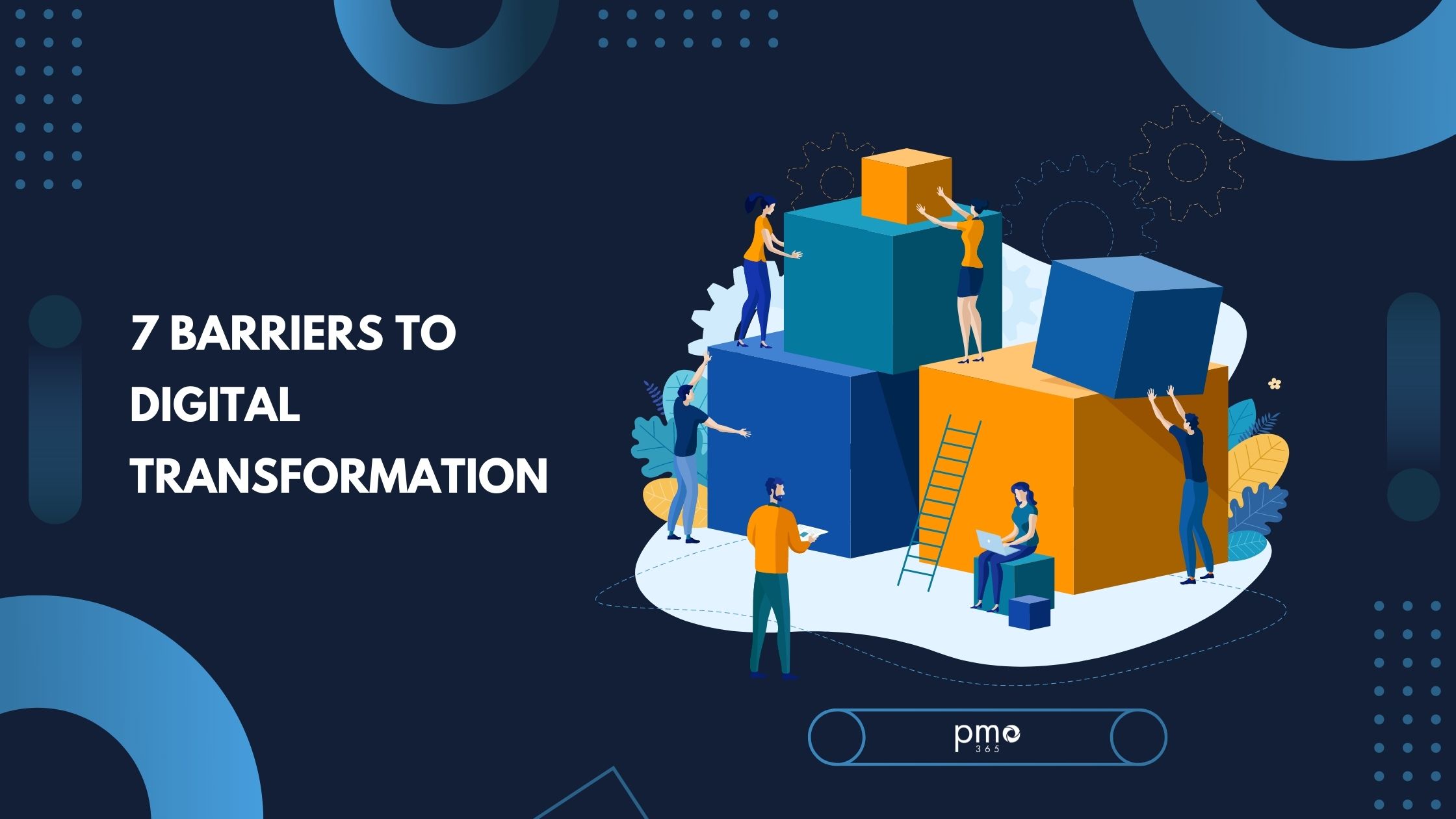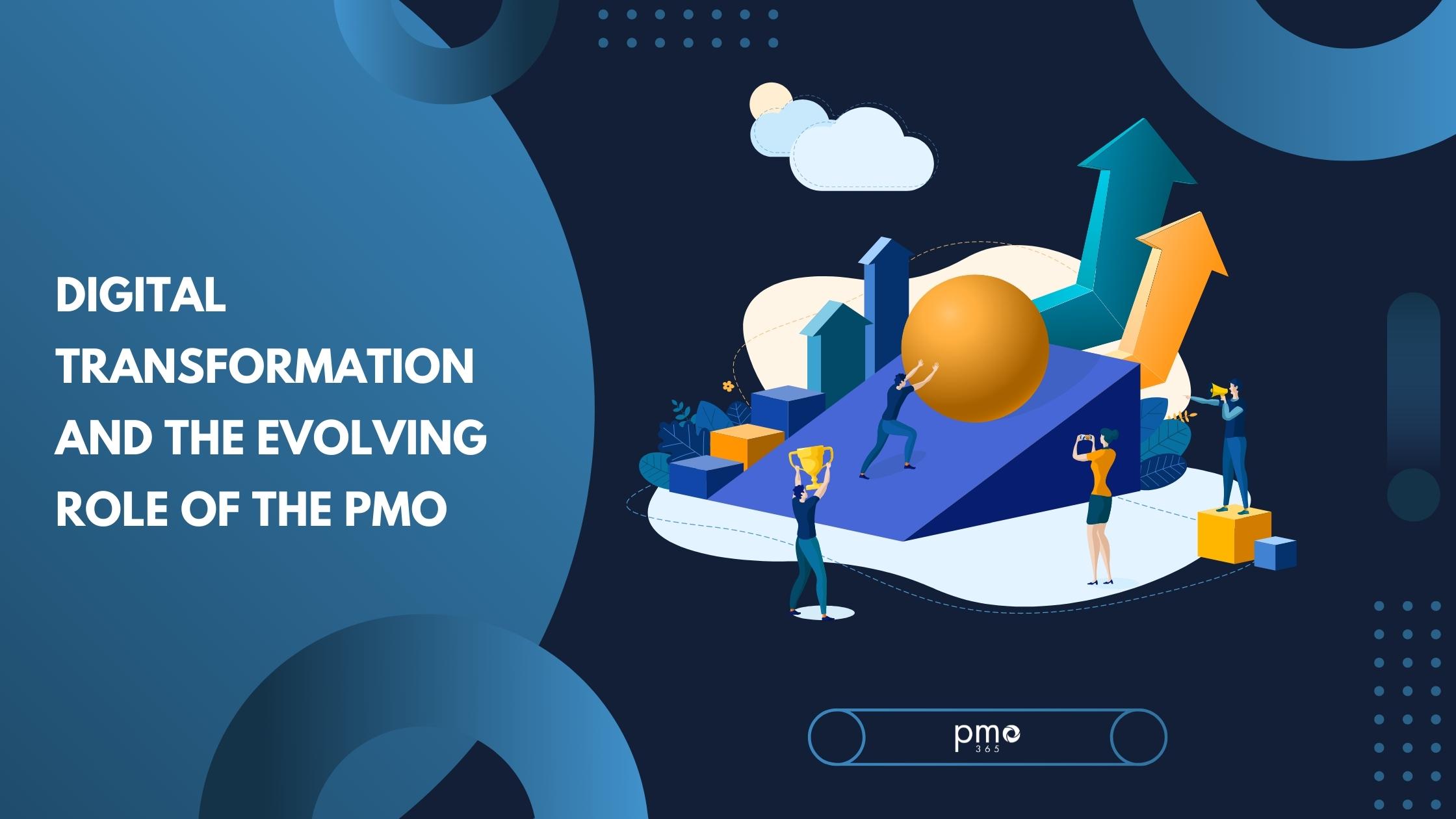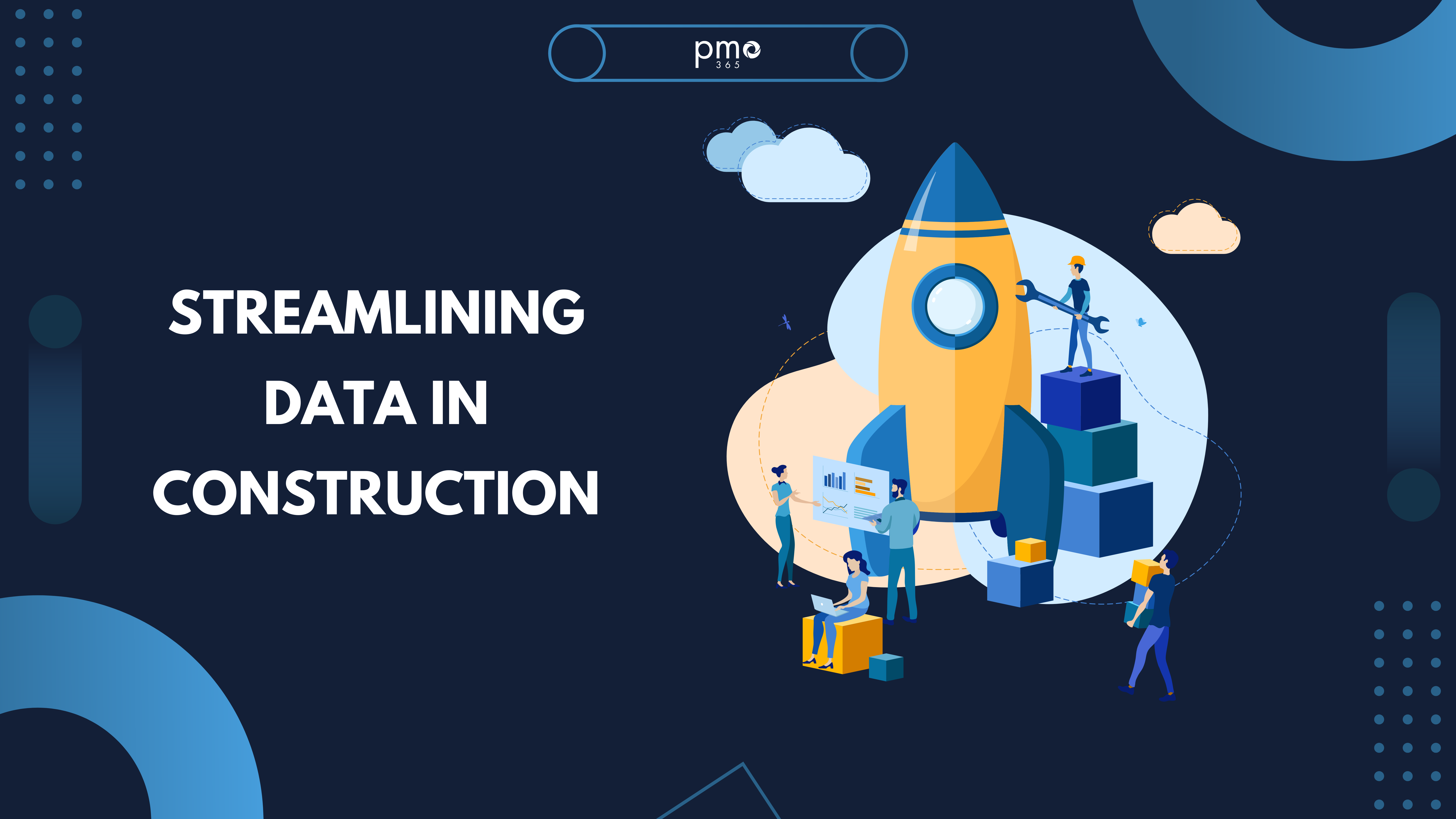The Transformation Office emerged to fill the gap between transformation strategy and implementation. Sometimes known as the Transformation Management Office (TMO), the Transformation Office is responsible for integrating transformation initiatives throughout an organisation. They are the critical link between executive vision, and they daily activities of an enterprise. Thus, the TMO ensures a transformation initiative is successful.
Let’s dive deeper into the TMO. Why is it valuable for your business? What are its key functions that support your organisation’s transformation program? Read on to find out!
The TMO vs PMO
Think of a TMO as a Project Management Office with a larger and specified scope. While the PMO maintains effective practices and ensures strategic alignment, it does not always meet the demands of digital transformations. Successful digital transformation requires more than just status tracking and risk escalation. It necessitates a focus on value-realisation throughout its transformation initiatives.
Let’s elaborate on what makes a transformation office different from a PMO. There a two key differences:
1. The TMO has more authority than the typical PMO
As stated above, the TMO has a broader scope of work, and a higher level of authority than PMOs. TMOs work very closely with the Transformation or Company Steering Board, and so has a direct link to senior executives. While PMOs are often engaged with senior management, the TMO Director has the authority and confidence to enforce the necessary changes to align strategic objectives of the enterprise and the board.
2. The transformation office is both transitory yet recurring in nature.
Transformation offices are typically confined to the of the transformation programme itself, and will shut down at its completion. However, change is inevitable and ever-present. There are always new digital technologies and trends that could make a significant difference in organisational productivity and efficiency.
As a result, the transformation office, while transitory, can be a recurring feature in organisations. Therefore, it should be built around a robust framework, so future teams can quickly build and adapt their teams to their future needs. While every transformation is unique, the TMO is typically focused on achieving strategic objectives, encouraging financial growth, and creating a more agile and responsive organisation.
Key functions of the Transformation Office
Just like a PMO, a Transformation Office needs to balance multiple functions to be successful. Some key functions of the transformation office include:
Support and Insight
One of the biggest challenges of a digital transformation program is securing buy-in from all stakeholders, particularly senior management and employees. If they cannot see the value of the digital transformation for themselves, they are less likely to invest and fully utilise the new tools and processes. TMOs play an important role in supporting and encouraging digital transformation initiatives by making them accessible, relatable and valuable to key stakeholders.
Additionally, TMOs play a critical role in gathering data and insights into the overall implementation of the transformation program. Most transformations, particularly digital transformations, are enterprise-wide initiatives that require large amounts of data to be effectively managed. This data becomes valuable as a historic reference and justification for future transformation initiatives within the organisation.
Strategic alignment and leadership
The key function of the transformation office is to align transformation activities with strategic objectives of the organisation. Many organisations implement change initiatives after jumping on the hype of a new technologies, tools, or approaches. While adapting to upcoming technology is one way to maintain a competitive edge, it is not always what is necessary.
To encourage change, the TMO should link the organisation’s strategic objectives with employees across the entire organisation. Employees are less likely to conform to a change initiative if there is no clear leadership, direction, communication and direction. The transformation office acts as the leader, steering everyone through the transformation process.
Adoption and project management
Just introducing a whole new process or system may not encourage widespread adoption. The Transformation Office should understand pre-existing cultures and practices of the organisation, and then adapt initiatives accordingly. This ensures teams will be open for the new change implementation.
Additionally, the Transformation Office needs to handle general everyday project management activities such as scheduling, resource management, and reporting of real-time data. As transformation programs have time, resource and scope restraints, the Transformation Office need to manage those factors to ensure success.
Portfolio management and project prioritisation
Resulting from their authority, the Transformation Office has a significant influence over the organisation’s project portfolio management activities. Depending on the type of program and the level of priority attributed to it, the Transformation Office should influence which projects are prioritised to align with strategic objectives.
As transformation initiatives are typically enterprise-wide and costly, resources should be carefully allocated against the general projects within the organisation. This should be done with the focus on ensure that the most value is being delivered at any given moment, even if that results in jepoardising the transformation programme. Optimising resources and minimising risks are critical tasks of the transformation office. Learn more about the about the 7 key issues which arise when executing a digital transformation here.
Benefits realisation
As mentioned above, the Transformation Office is focused on achieving value and not just meeting goals and objectives. One of the key ways of enabling value generation is by implementing a benefits management framework. Benefits management ensures the transformation office link transformation initiatives to strategic objectives, and thus generates the intended value for the organisation.
For example, implementing a new CRM system will only be beneficial if the organisation’s most important strategic objective for the year was to increase customer retention and improving relationships. Directing funds into the most important initiatives ensures the
Having a benefits management is particularly useful in digital transformations, to track ongoing benefits beyond the scope of the transformation program. Having this system in place is critical for long-term analysis and optimisation. The transformation office should ensure that a benefits management system is firmly established, and that processes are in place for hand-over.
Get started on your business transformation journey with pmo365
Start on your transformation journey by partnering with leading PPM experts! pmo365 is a Microsoft endorsed Project Portfolio Management solution. We build custom PPM solutions that fit your unique business needs. This way you can have complete visibility and control over your all your projects.
Interested in how pmo365 can help your transformation program? Make sure to chat with our experts and see our solution in action!










.png)


